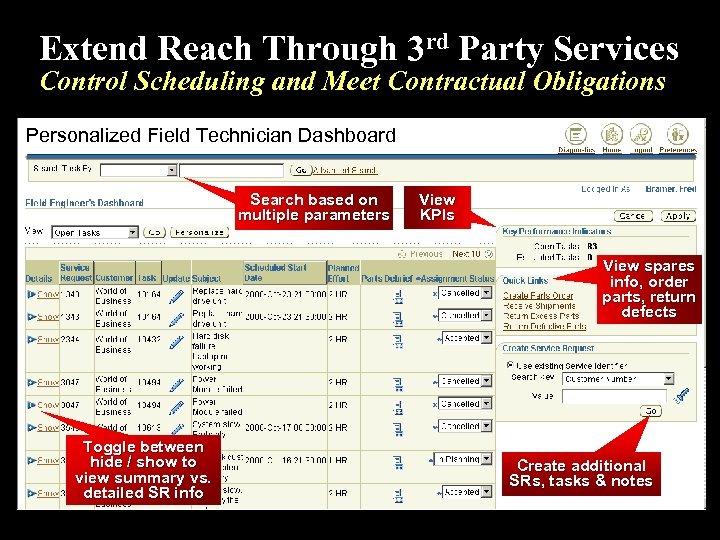


Use your account register to verify all transactions are there.
Open the company file that is saved on your QBTest folder. In your QBTest folder, right-click the. QBW.adr file and paste it to the QBTest folder. It is in the same location as your company file. 
Open the QuickBooksAutoDataRecovery folder.tlg file of your company file, and paste it to the QBTest folder on your Desktop. Select Hide extensions for known file types.
#Data does not import data to pgadmin 4 data lost windows
For Windows 10, 8.1 & 8: Choose View, then select File name extension.
Select Organize, then choose Folder and search options. To open File Explorer press Windows+ E on your keyboard. tlg file, perform these to show file extensions. It has the same name as your company file. Tip: You can check the location of the company file on the Product Information screen (press F2 or Ctrl+1 on your keyboard) and No Company Open Window. Open the folder where the company file is saved. Create a new folder on your Desktop named QBTest. Utilize the original Transaction Log file and ADR version of the company file to recover all recent transactions. Recover recent transactions using the original. Follow the solutions in the order shown. To maximize this feature, make sure that your QuickBooks Desktop always has the latest updates. If your backup is bigger than 1.5 Gigabytes, QuickBooks will not generate an ADR file. The ADR file size limitation is 1.5 Gigabytes. This feature is not available in Accountant Editions. ADR is only available in QuickBooks Pro, Premier, and Enterprise Solutions for Windows.







 0 kommentar(er)
0 kommentar(er)
